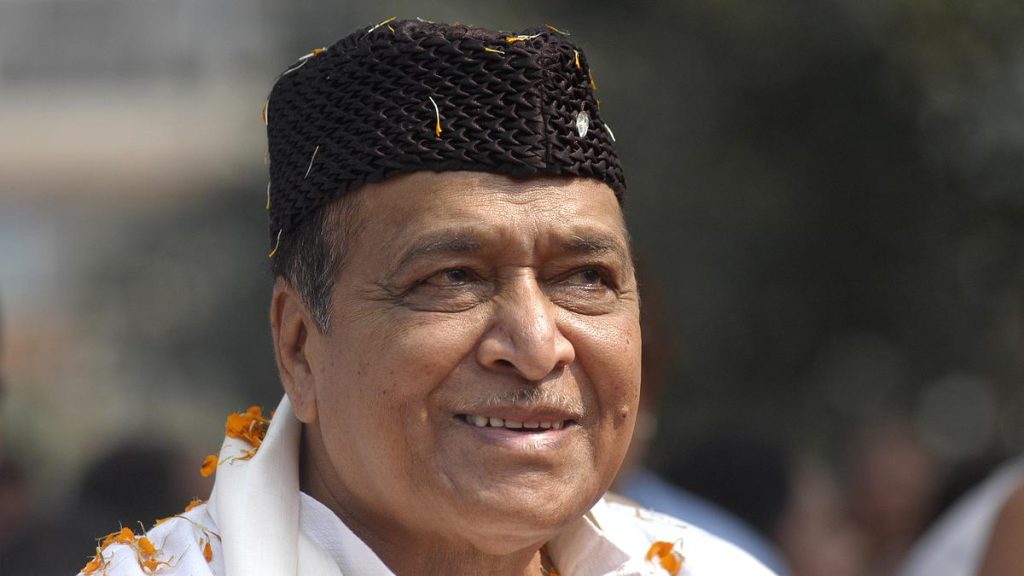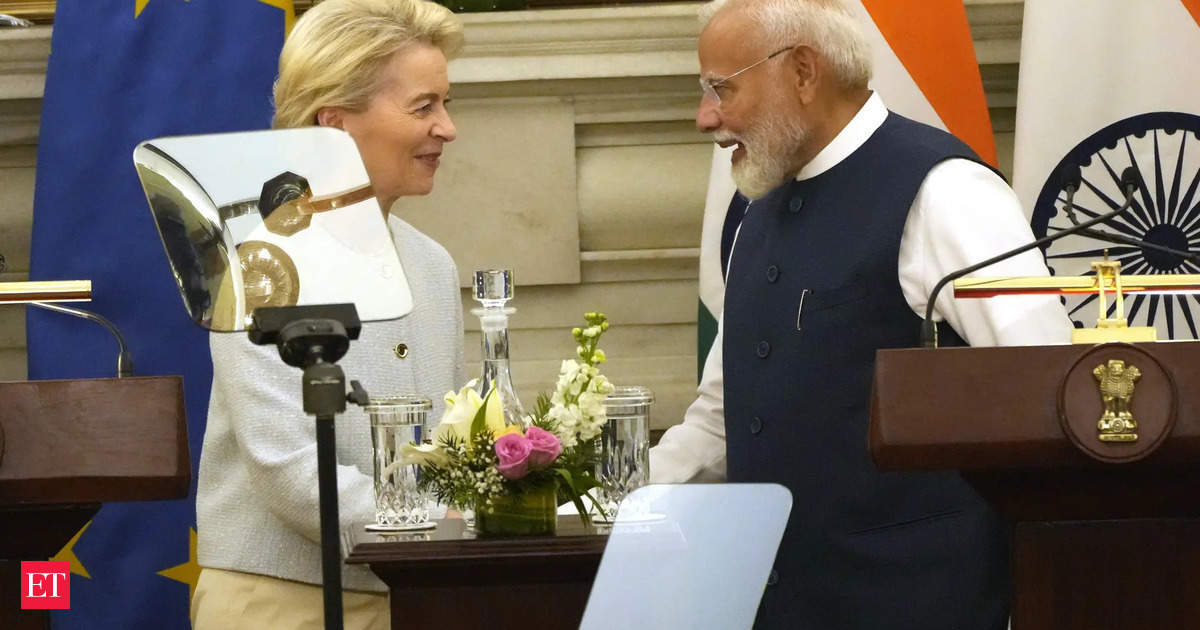Now Reading: Warmer Future Could Weaken La Nina’s Impact
-
01
Warmer Future Could Weaken La Nina’s Impact
Warmer Future Could Weaken La Nina’s Impact

Rapid Summary
- Climate change is intensifying, with La Nina’s cooling effects perhaps becoming ineffective in a warmer future.
- India Meteorological department (IMD) forecasts an early summer with above-normal temperatures and prolonged heatwaves.
- february 2024 was the warmest since 1901, with the fifth-lowest rainfall since 2001 in India.
- Scientists note a shift to a ‘new normal’ of warmer winters and shorter springs due to human-caused climate change and yearly weather pattern variability.
- Impacts of El Nino and La Nina on temperature trends are notable, affecting global weather systems like jet streams.
- Weak La Nina observed in December 2024 is likely short-lived; it exhibited unexpected patterns linked to record warming trends continuing from 2023.
- Predictions indicate more frequent and intense El Nino events in the future due to global warming, which could lead to increased temperatures and extreme weather events globally.
Indian Opinion Analysis
The recent findings draw attention to the escalating impacts of climate change on india’s weather patterns. With record high temperatures recorded recently, it highlights urgent concerns about managing heatwave-induced challenges. The inefficacy of customary cooling phenomena like La Nina underlines the need for proactive adaptation strategies. As India braces for potentially hotter summers earlier than usual, there could be widespread implications on agriculture, water resources, public health, and socioeconomic stability. Strengthening infrastructure resilience against climate extremes becomes imperative as natural buffering mechanisms seem less reliable moving forward.
























